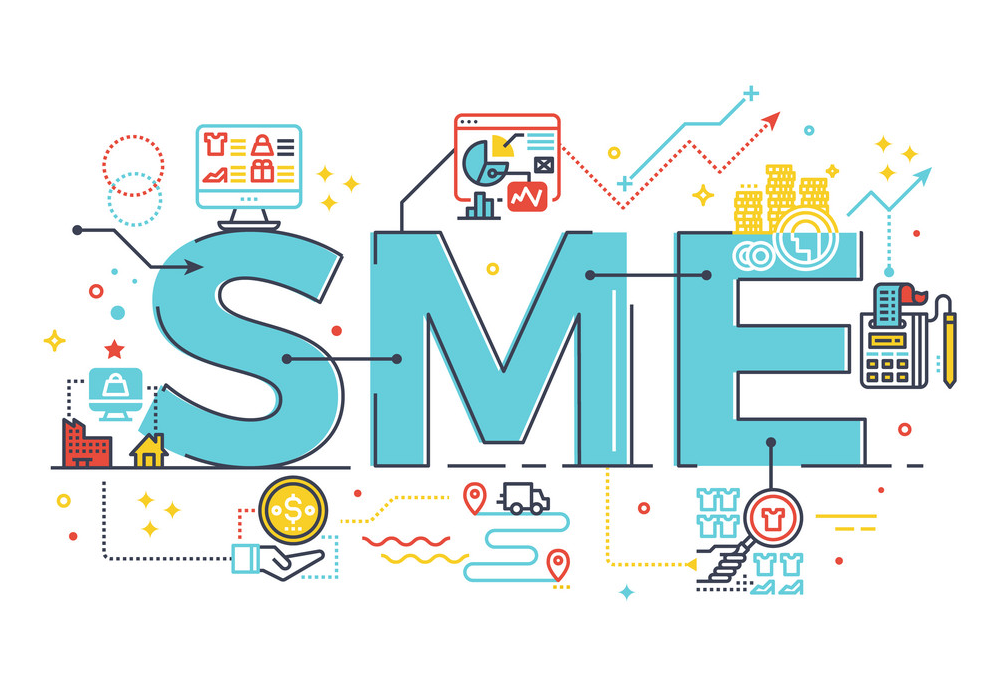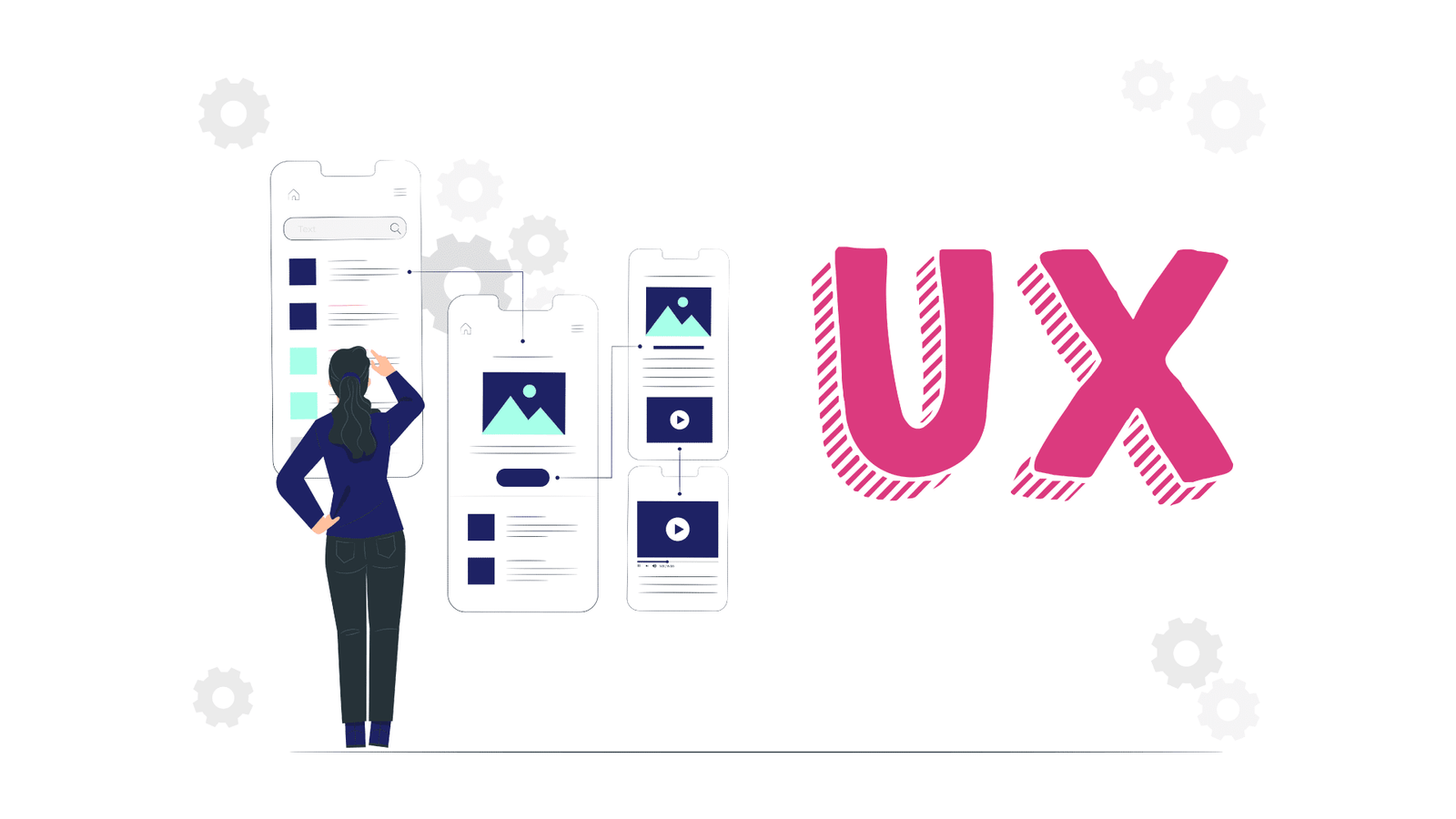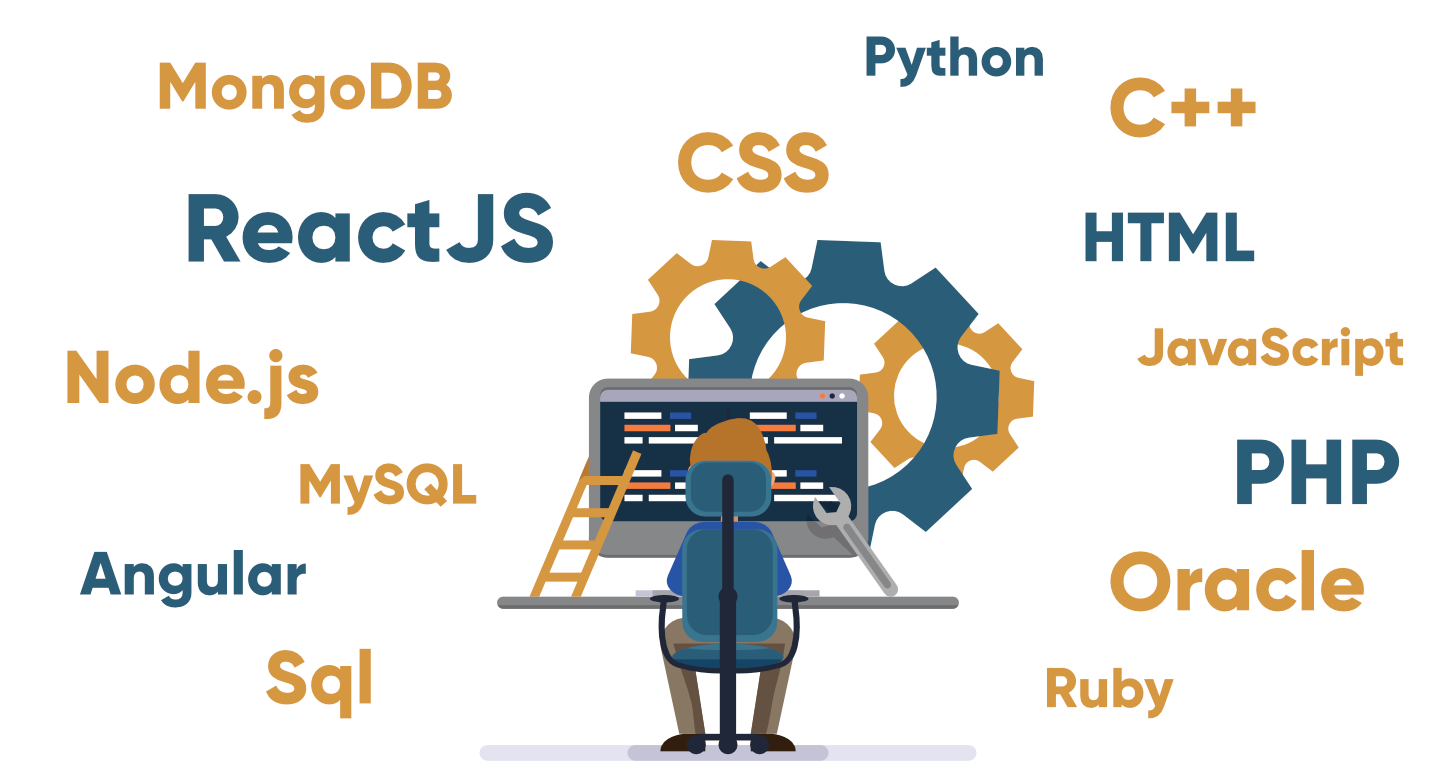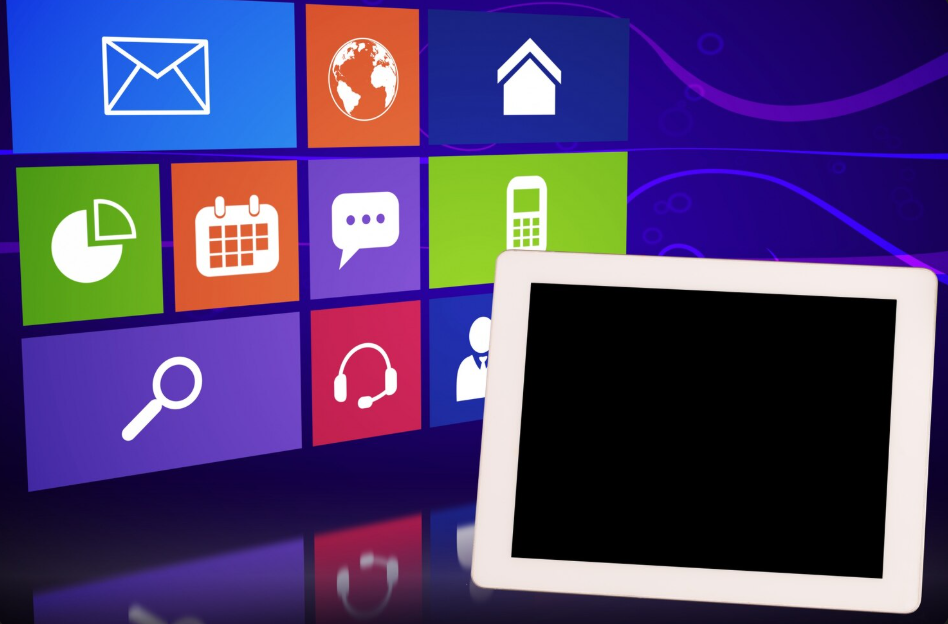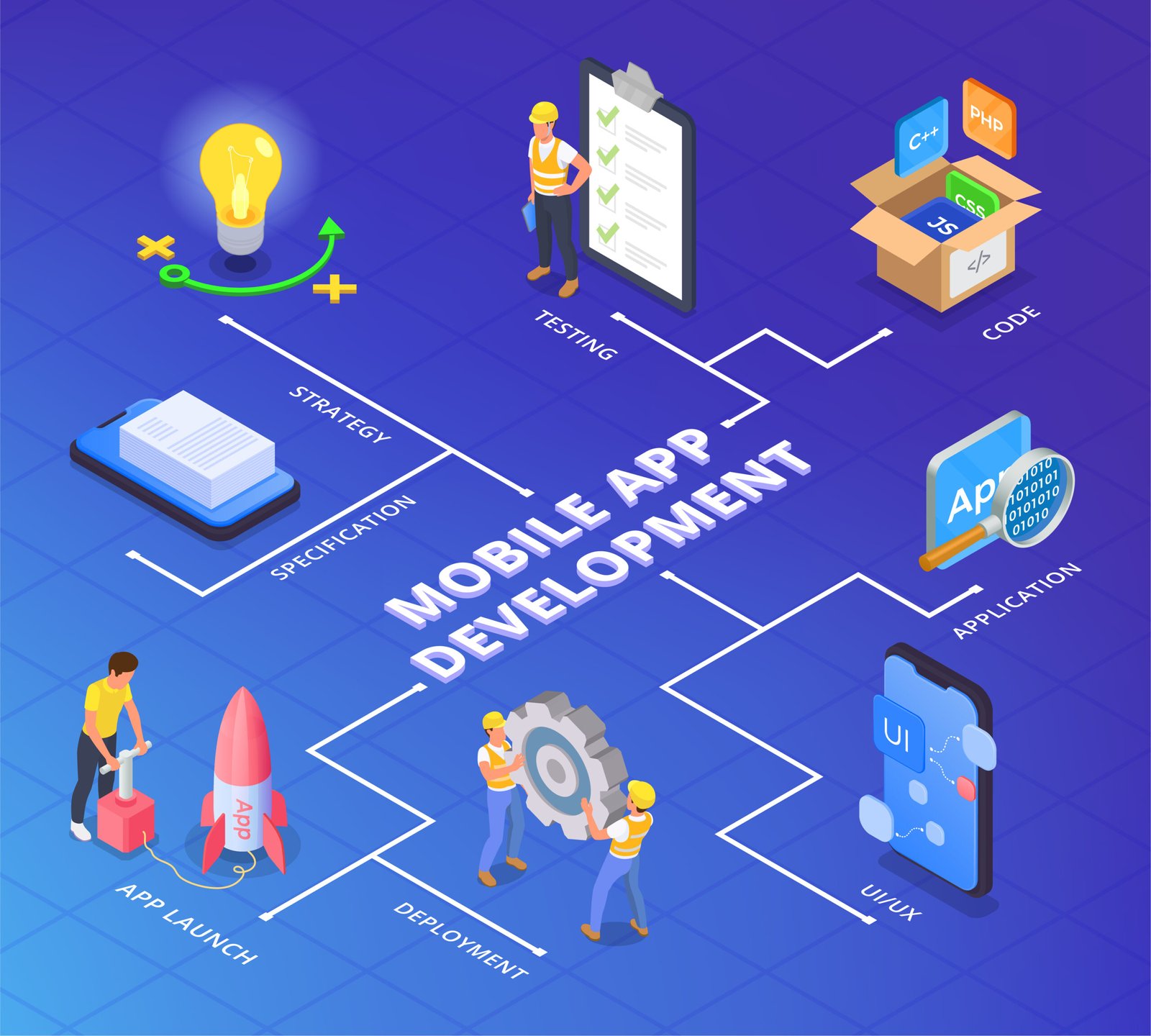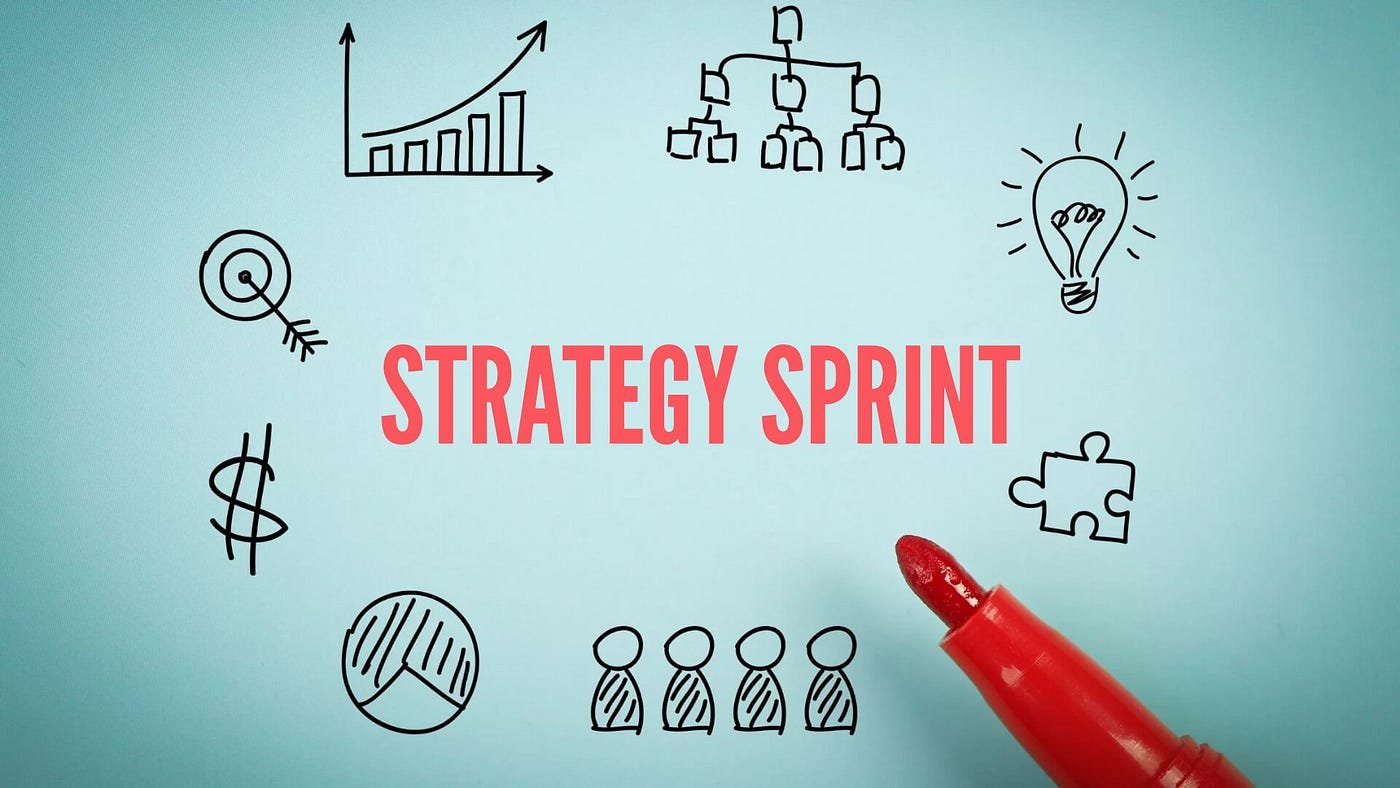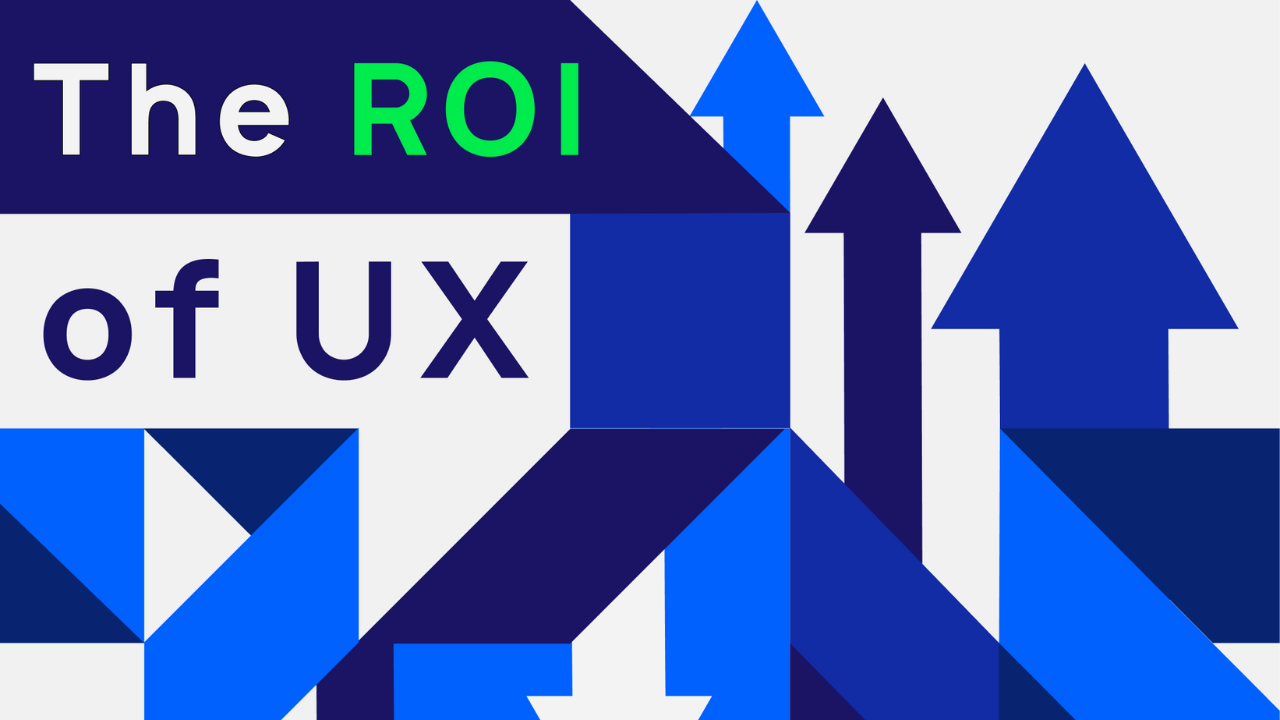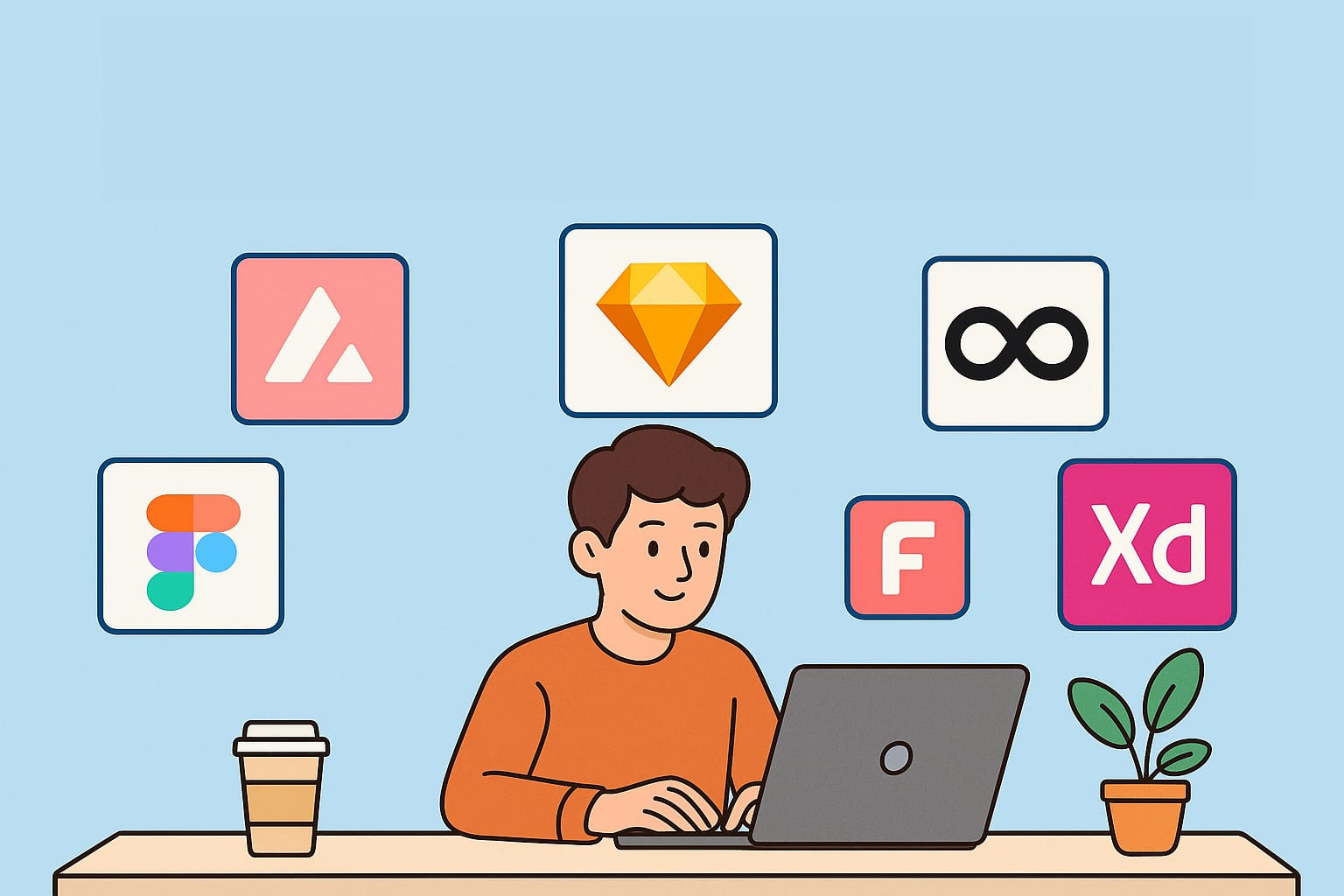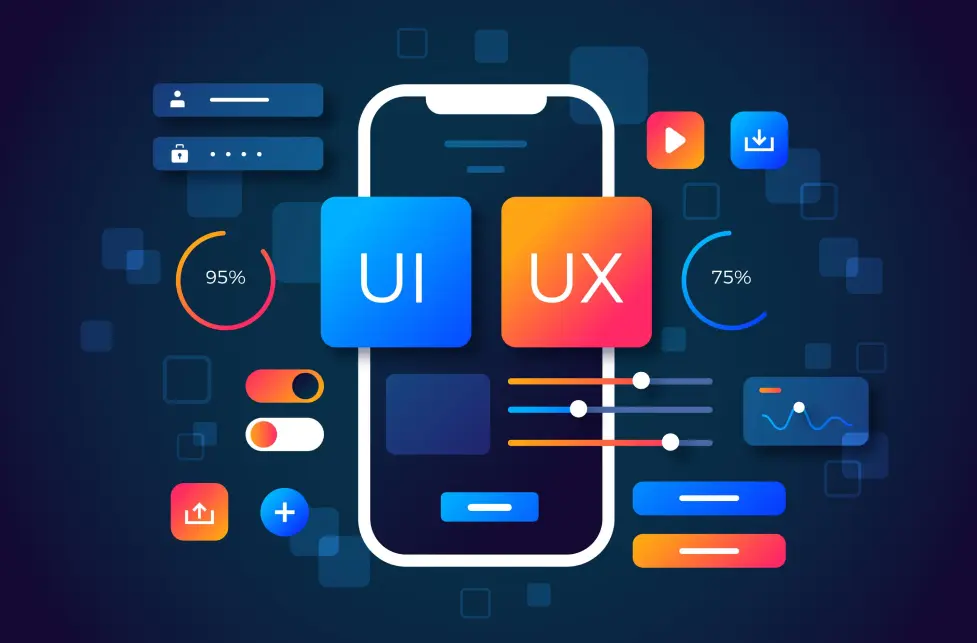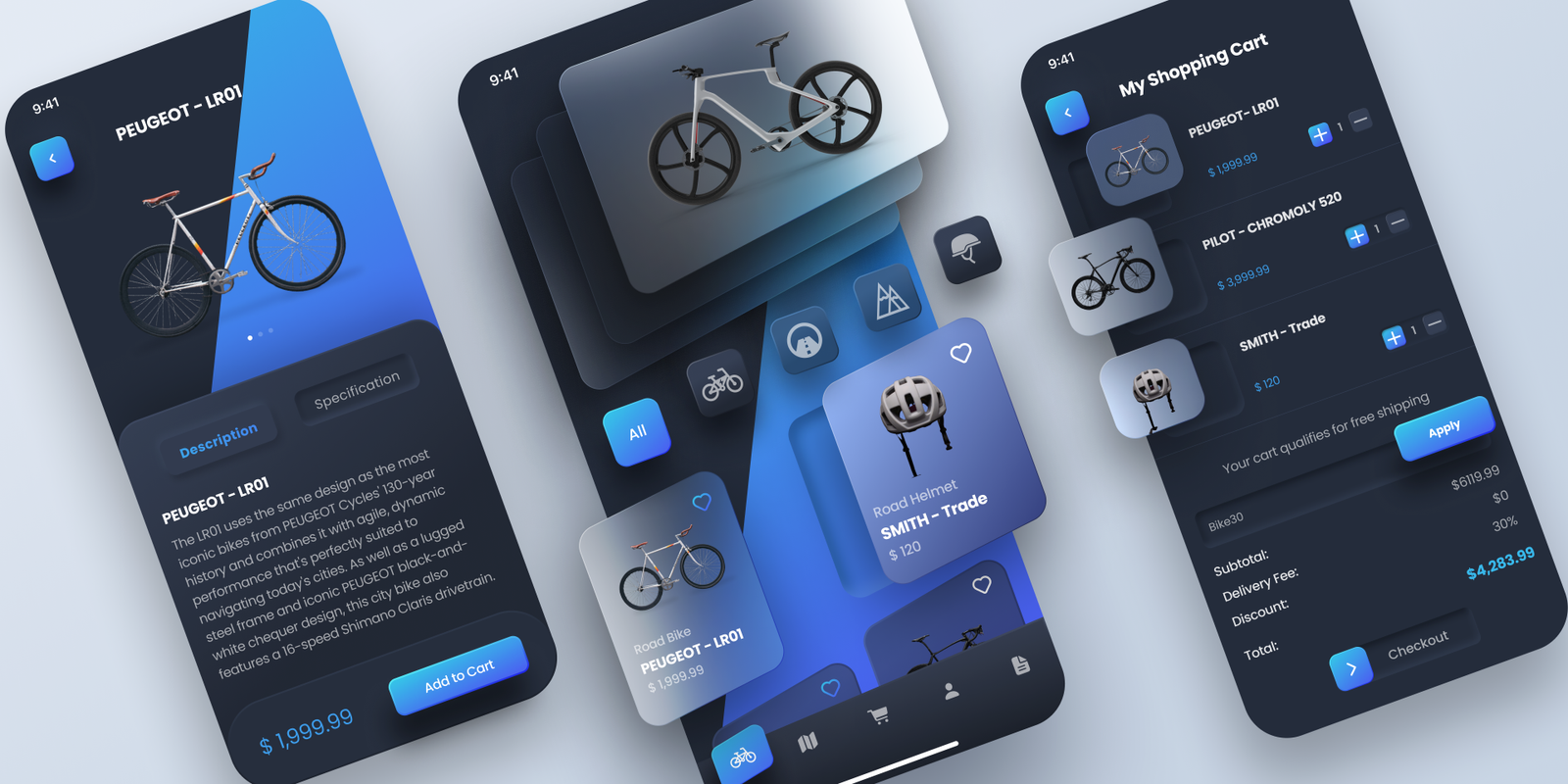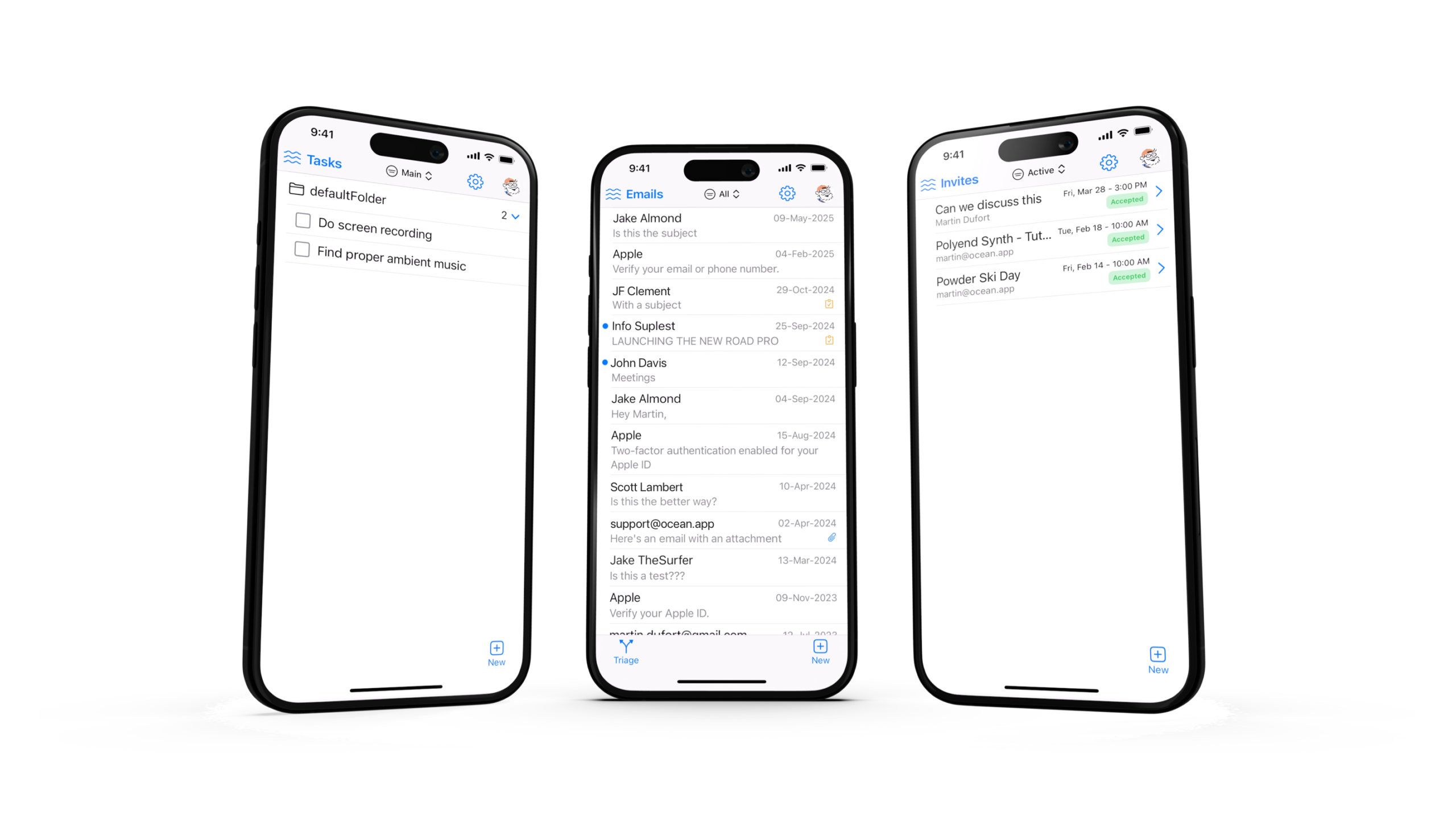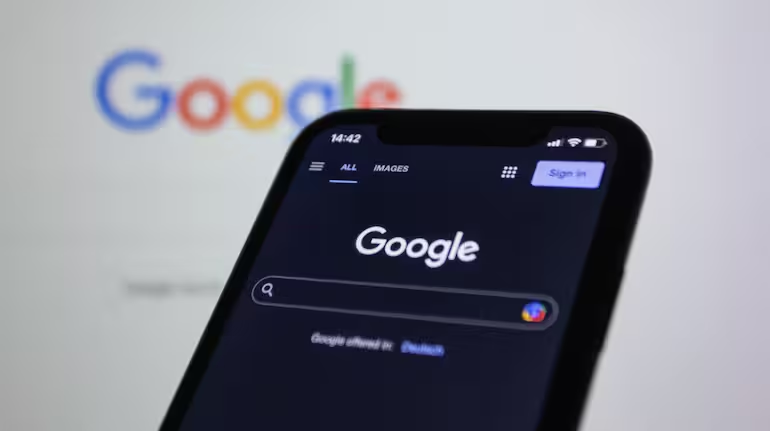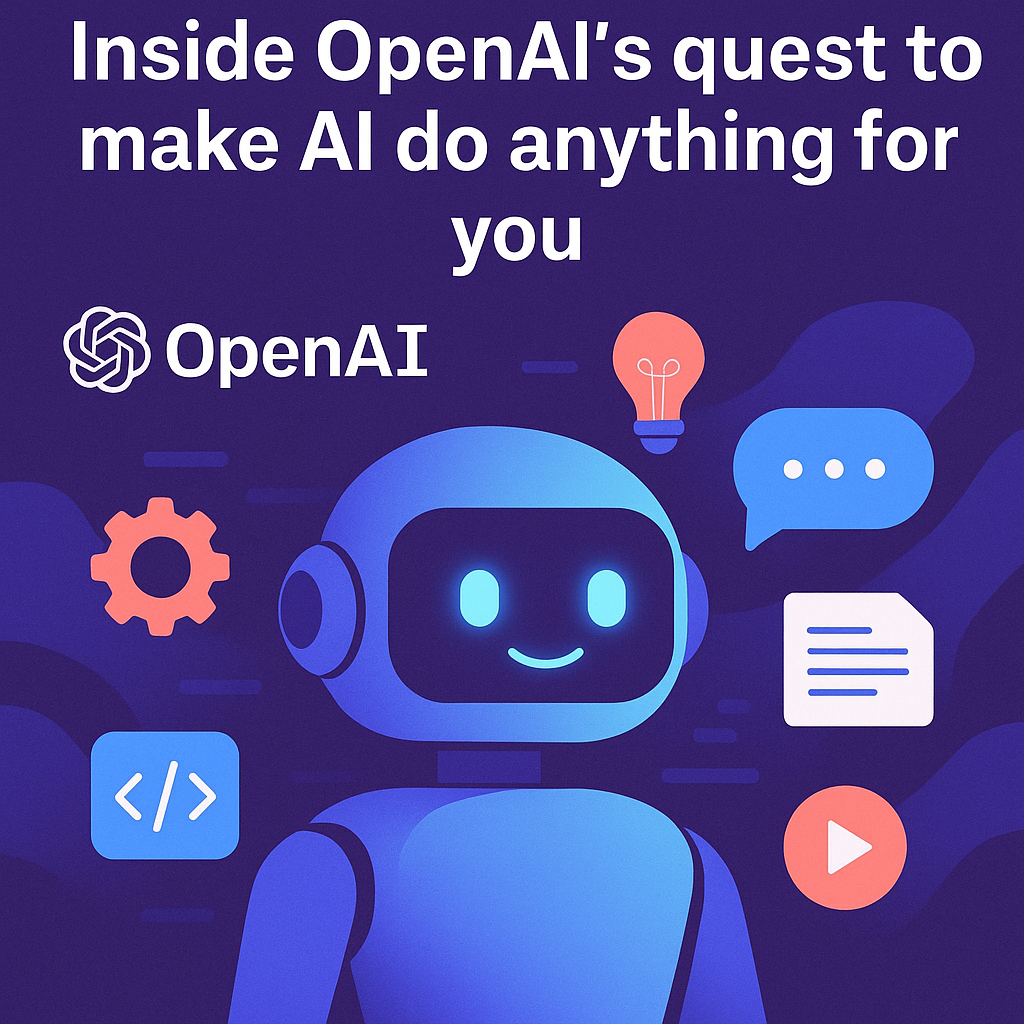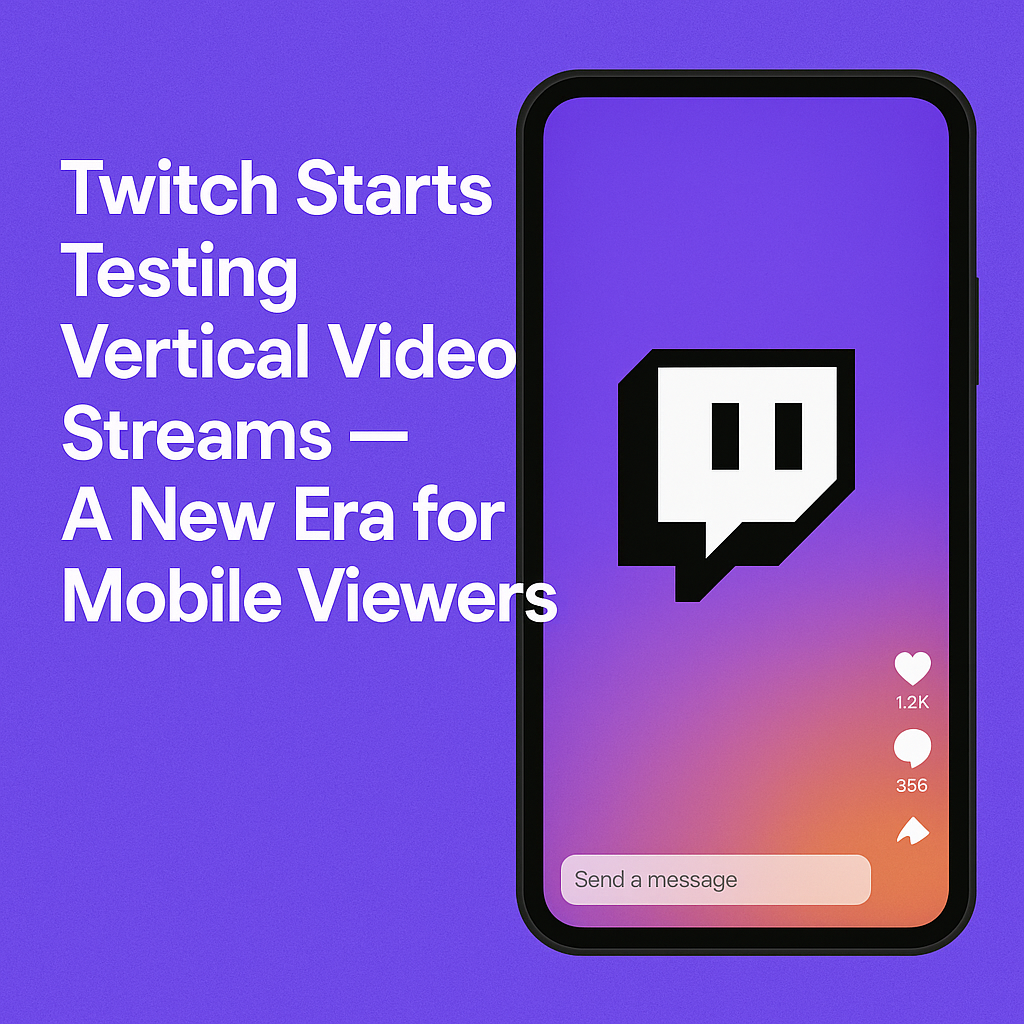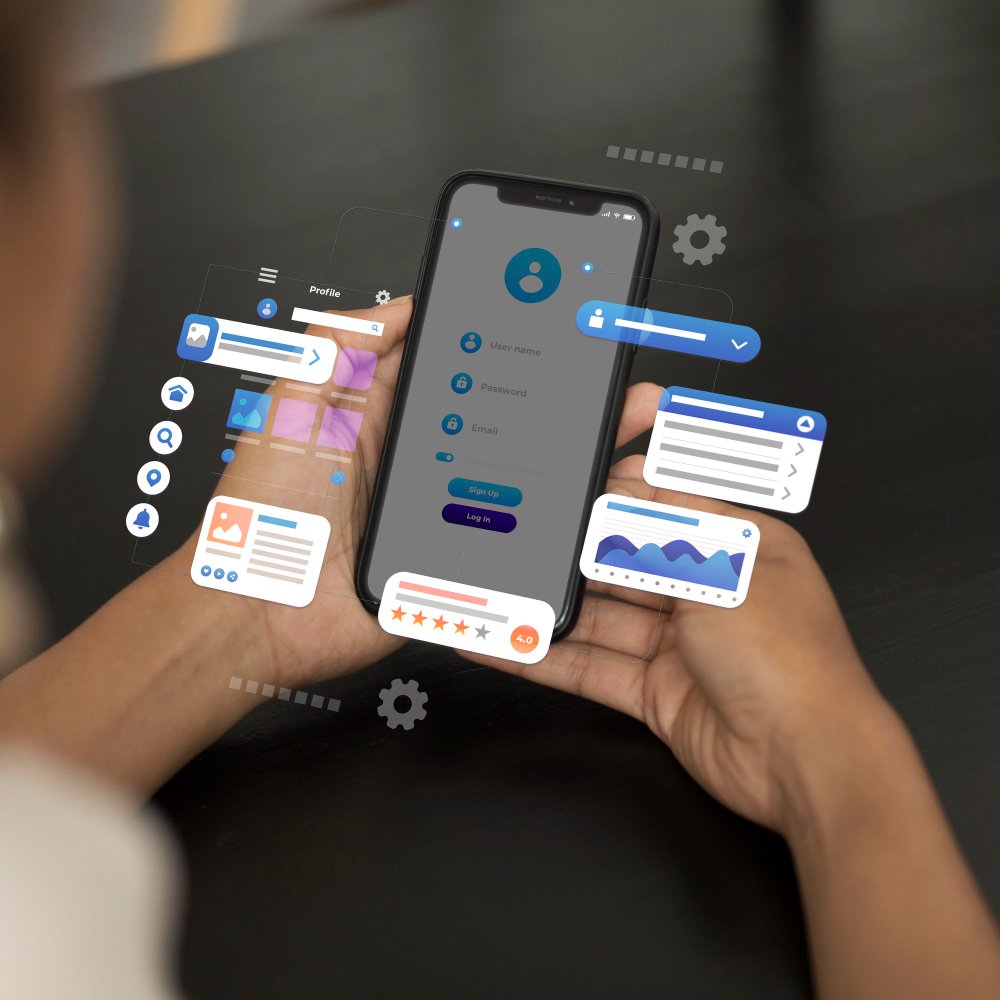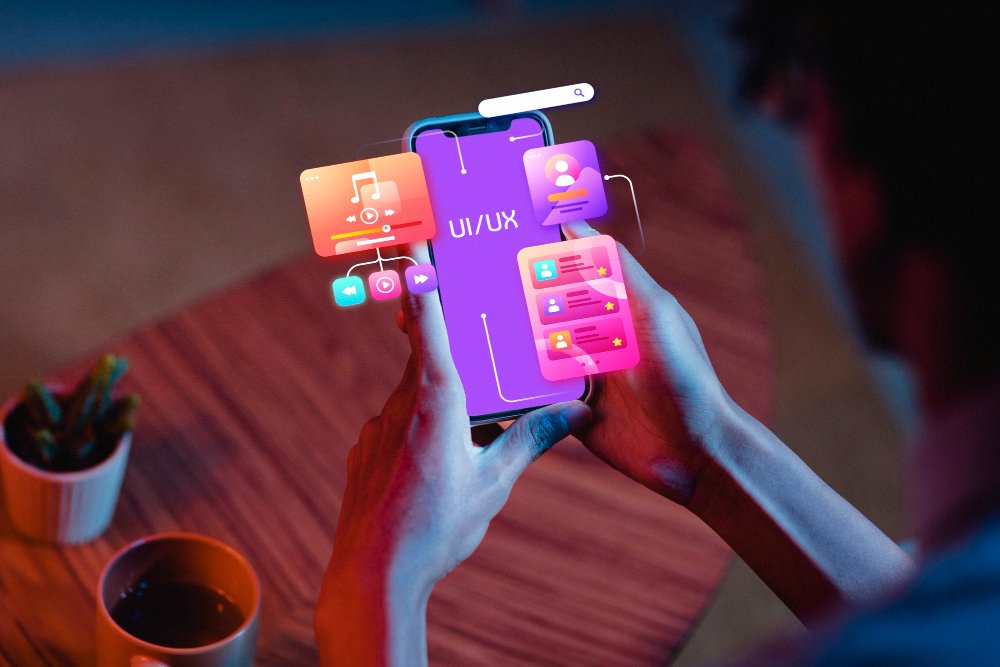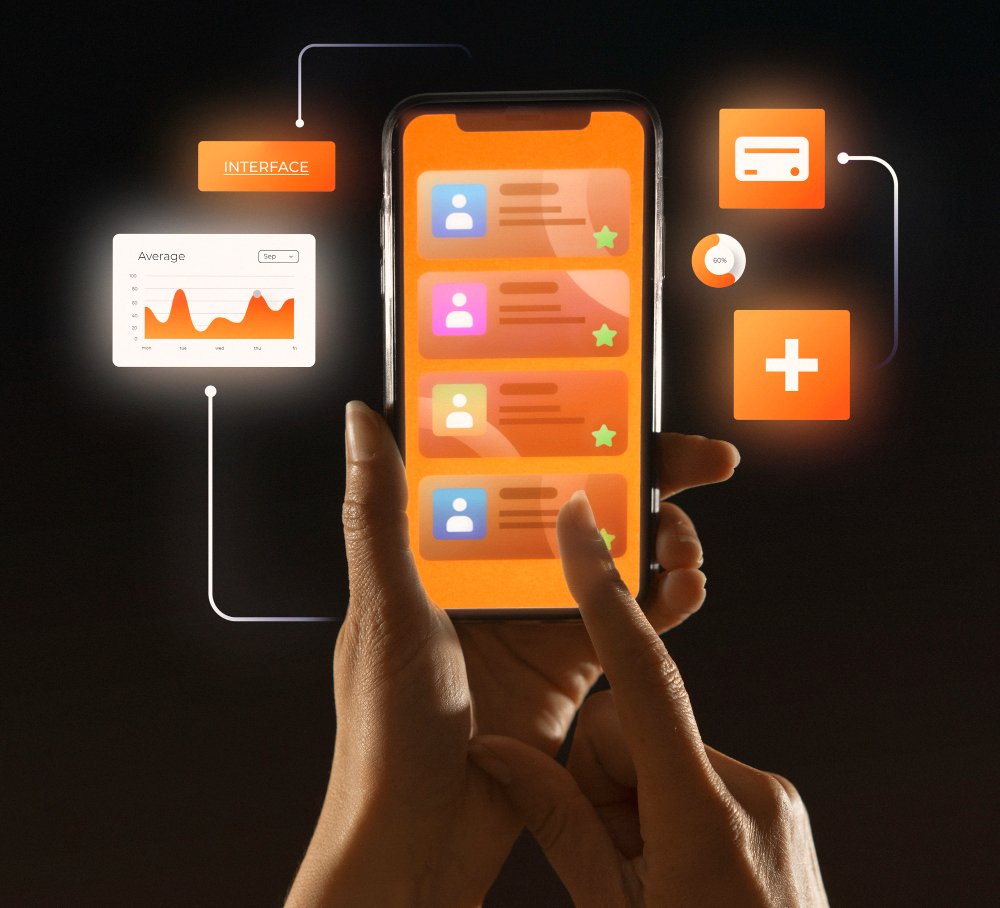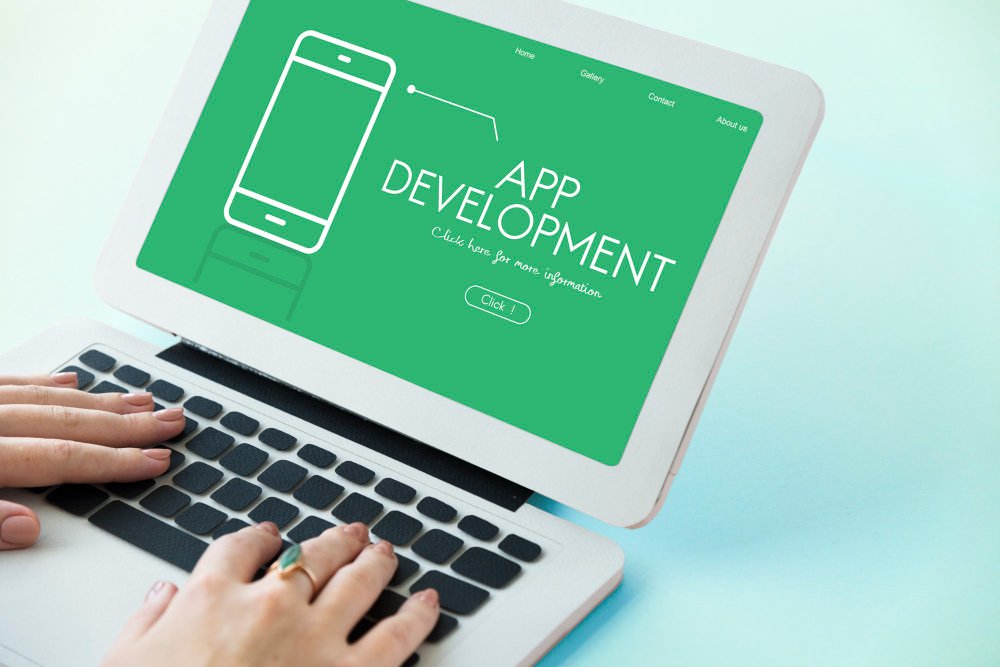Artificial Intelligence is no longer just an experimental tool, it has become a core part of how we design, build, and scale modern software. Among the most transformative innovations in this space is Codex, OpenAI’s AI powered coding model. Codex has already proven its value by converting natural language instructions into working code, making programming more accessible and efficient. Now, with the integration of GPT 5, Codex has entered an entirely new era. This upgrade takes the system far beyond simple code generation, enabling it to handle large scale development tasks, review complex codebases, and even understand design layouts. For developers, startups, and enterprises alike, GPT 5 Codex represents a revolutionary step toward the future of intelligent programming.
What is GPT 5 Codex?
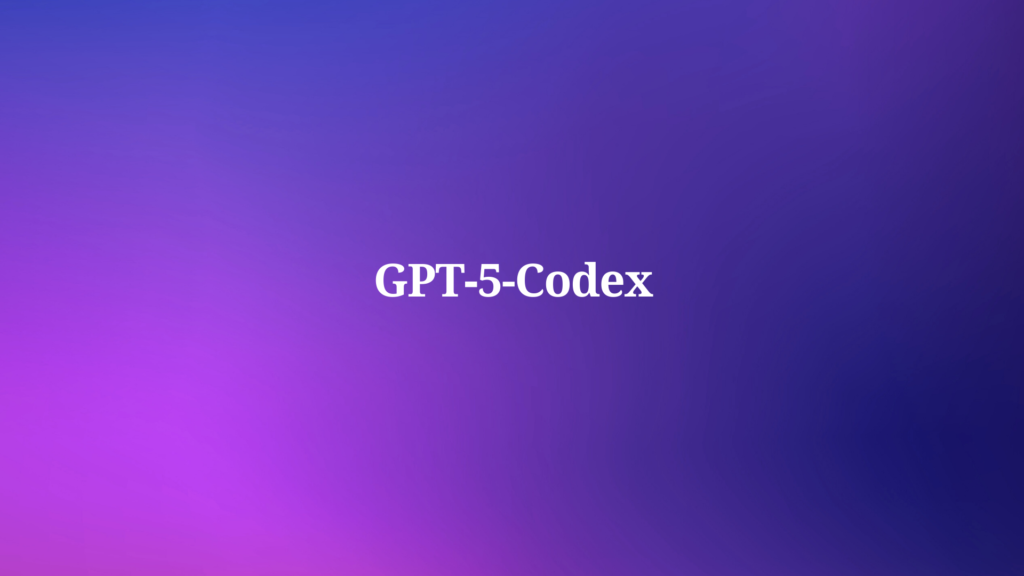
Image Credits: Apidog
GPT 5 Codex is the latest evolution of OpenAI’s coding assistant, built on top of the fifth generation GPT architecture. While earlier versions were powerful, they were often limited to generating smaller code snippets or assisting with straightforward tasks. GPT 5 Codex breaks through these limitations by combining deep reasoning capabilities with contextual awareness, allowing it to support everything from bug fixes to multi file refactoring across large repositories.
This new version is not just about writing code, it can understand entire projects, evaluate dependencies, and suggest improvements that align with industry best practices. By bridging natural language, design interpretation, and technical execution, GPT 5 Codex has become a full fledged AI coding partner rather than just a helpful assistant.
Smarter Coding and Advanced Reviews
One of the most groundbreaking improvements in GPT 5 Codex is its ability to perform advanced code reviews. Instead of simply responding to prompts, it proactively analyzes source code, identifies critical issues, and explains why a particular bug or vulnerability exists. This allows developers to not only fix errors faster but also understand the reasoning behind them.
Additionally, GPT 5 Codex can run and interpret automated test cases, highlight where failures occur, and recommend fixes tailored to the specific codebase. It doesn’t stop at bug detection, it also suggests ways to improve readability, efficiency, and maintainability. In many ways, this transforms Codex into the equivalent of having a senior developer constantly reviewing your work.
Seamless Workflow Integration
OpenAI has also made major strides in ensuring that GPT 5 Codex fits directly into existing developer workflows. Developers can now access the system through a command line interface, IDE extensions, and even Codex Cloud. This multi channel integration ensures flexibility, whether you are working solo on a personal project or collaborating with a large engineering team.
Perhaps most importantly, GPT 5 Codex integrates seamlessly with GitHub repositories, making it easier to manage pull requests, track version history, and streamline collaborative coding. This level of workflow automation helps reduce repetitive tasks and frees developers to focus on creativity, problem solving, and innovation.
Understanding Front End and Visual Context
Traditional coding models often struggled with front end development because they lacked the ability to interpret visual information. GPT 5 Codex solves this gap by allowing developers to provide screenshots, wireframes, or mobile layouts. The model can then generate precise, functional code that translates the design into an actual working interface.
This feature reduces the back and forth between designers and developers, helping teams deliver polished user interfaces much faster. It also enables developers who are less experienced in front end coding to bring design ideas to life without needing to master every framework or style guide.
Performance and Reliability at Scale

Image Credits:OpenAI
Safety and Trust in AI Coding
With powerful tools also comes the risk of misuse, and OpenAI has acknowledged this by strengthening the safety and trust mechanisms within GPT 5 Codex. The model runs code in sandboxed environments to prevent harmful operations, offers configurable network access, and is better trained to resist malicious prompts or attempts at exploitation.
These safeguards ensure that developers can use GPT 5 Codex in both personal and enterprise settings without compromising security or privacy. By combining performance improvements with strong guardrails, OpenAI has created a system that is not only more powerful but also more trustworthy.
Why This Matters for Developers and Businesses
The integration of GPT 5 into Codex signals a broader transformation in how software will be developed in the coming years. For individual developers, it means less time spent on repetitive coding tasks and more time for problem solving, creativity, and innovation. For businesses, it means reduced development cycles, fewer bugs in production, and more efficient scaling of projects.
Even in education, GPT 5 Codex has major implications. Students learning to code can use it as a teaching assistant, getting real time feedback and explanations that deepen their understanding. For professionals, it acts as a productivity multiplier, helping teams ship better software in less time.
OpenAI’s upgrade of Codex with GPT 5 is more than just a technical enhancement, it is a turning point for the entire software industry. With its ability to reason across complex projects, perform intelligent reviews, understand designs, and integrate seamlessly into workflows, GPT 5 Codex has set a new gold standard for AI assisted programming.
The future of coding will not be defined by developers working alone, but by humans and AI working side by side to create smarter, faster, and more reliable software. GPT 5 Codex is not just an upgrade, it is a glimpse into the future of how technology will be built.





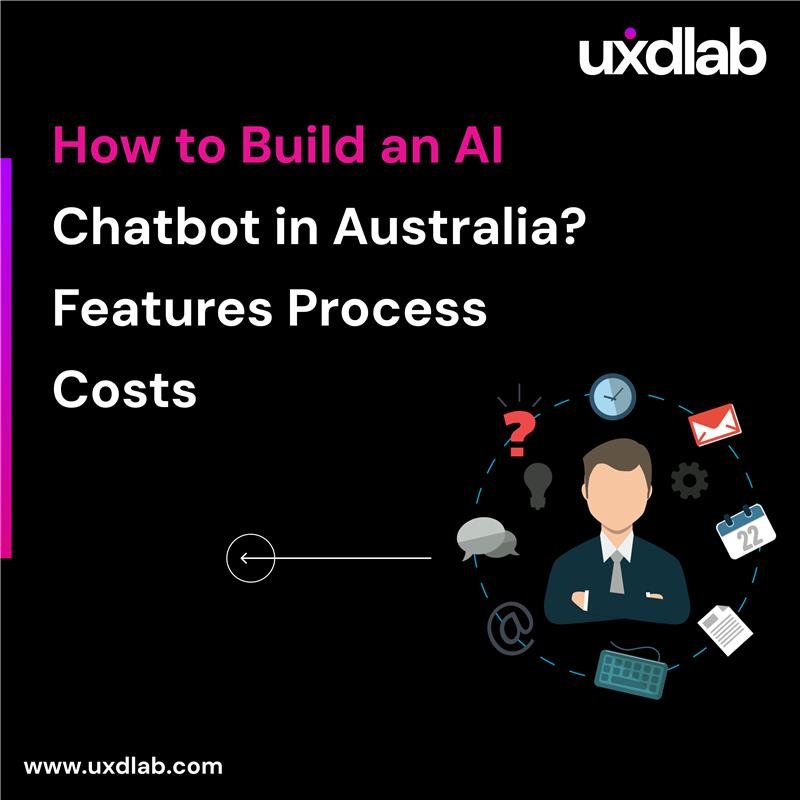













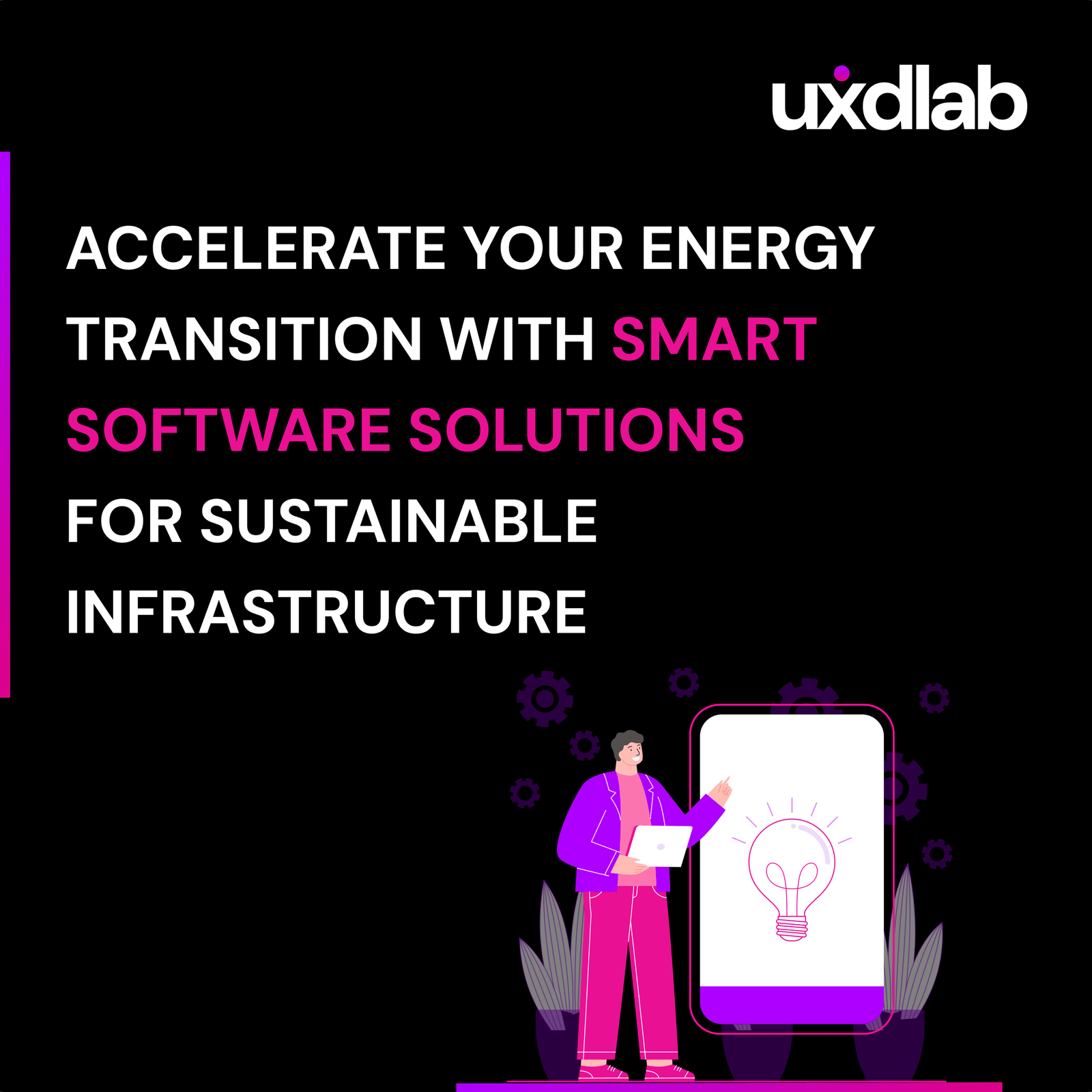
















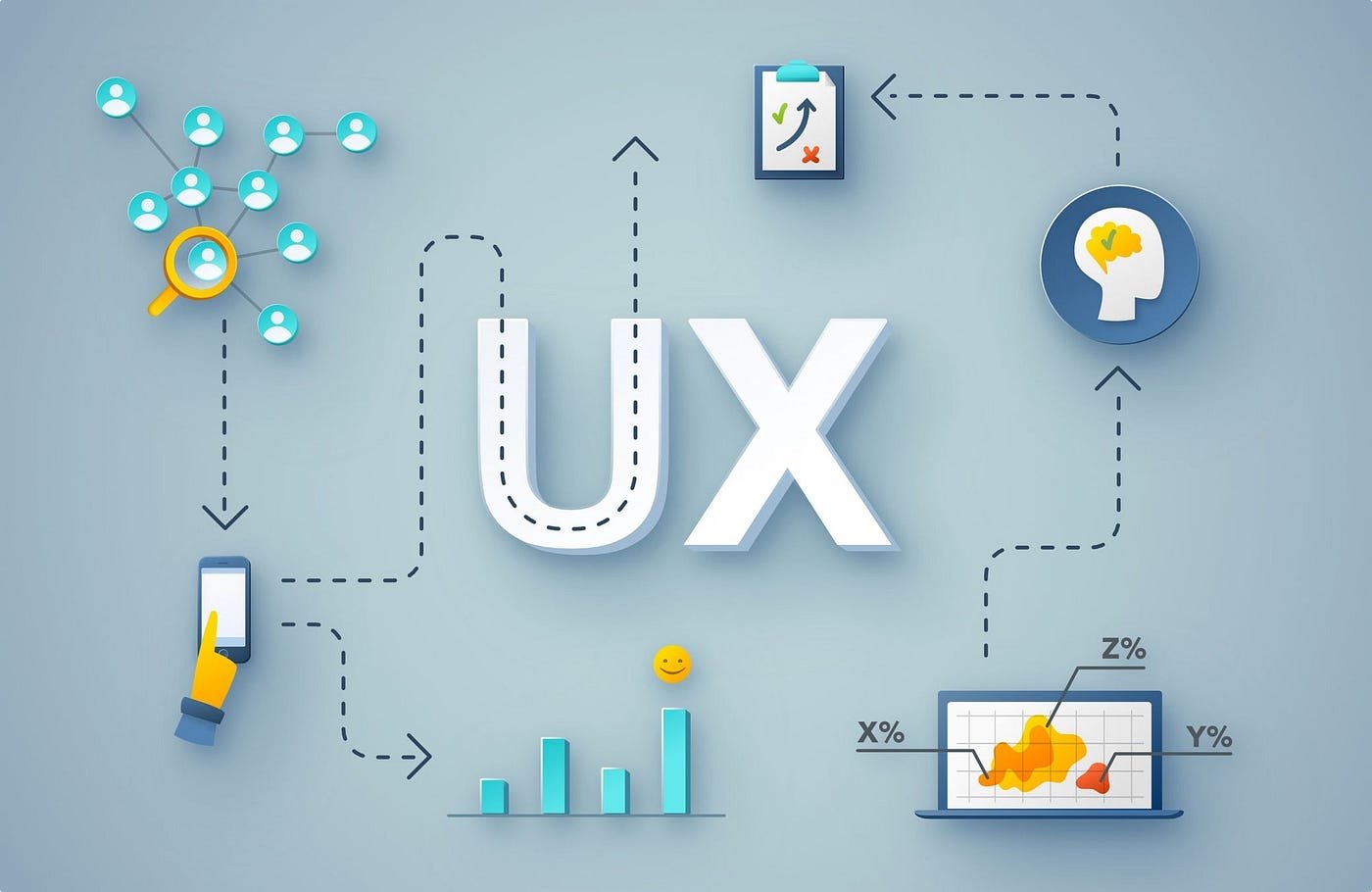



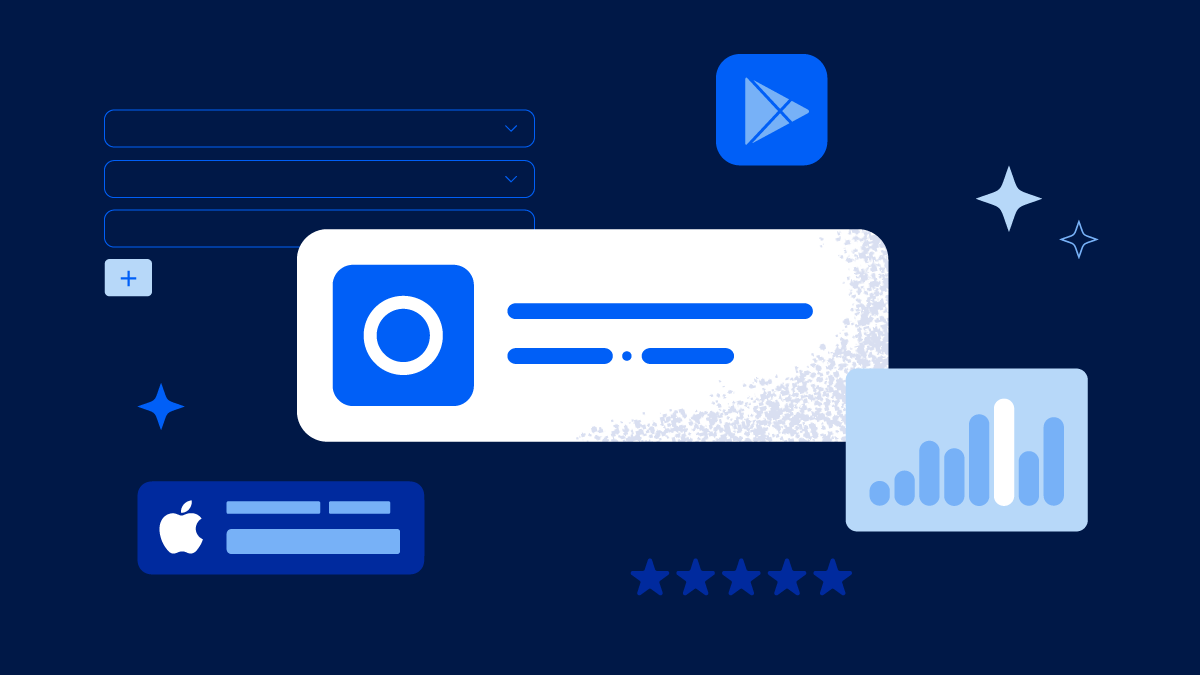
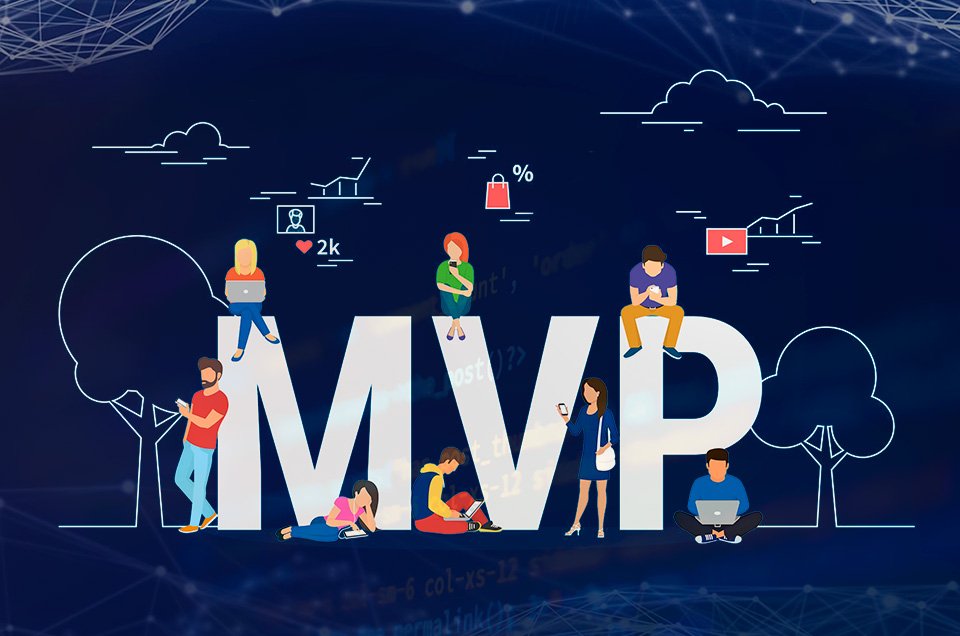
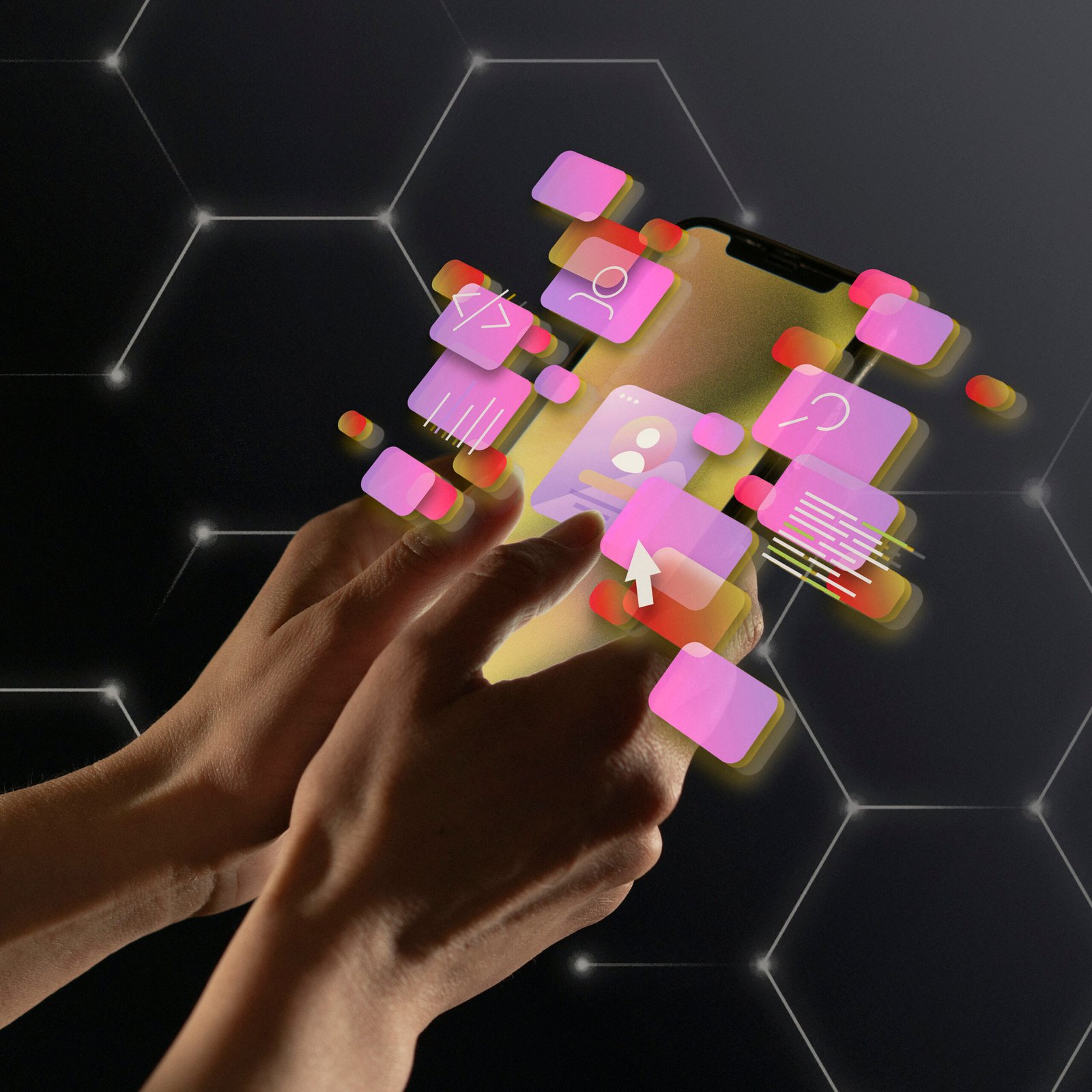
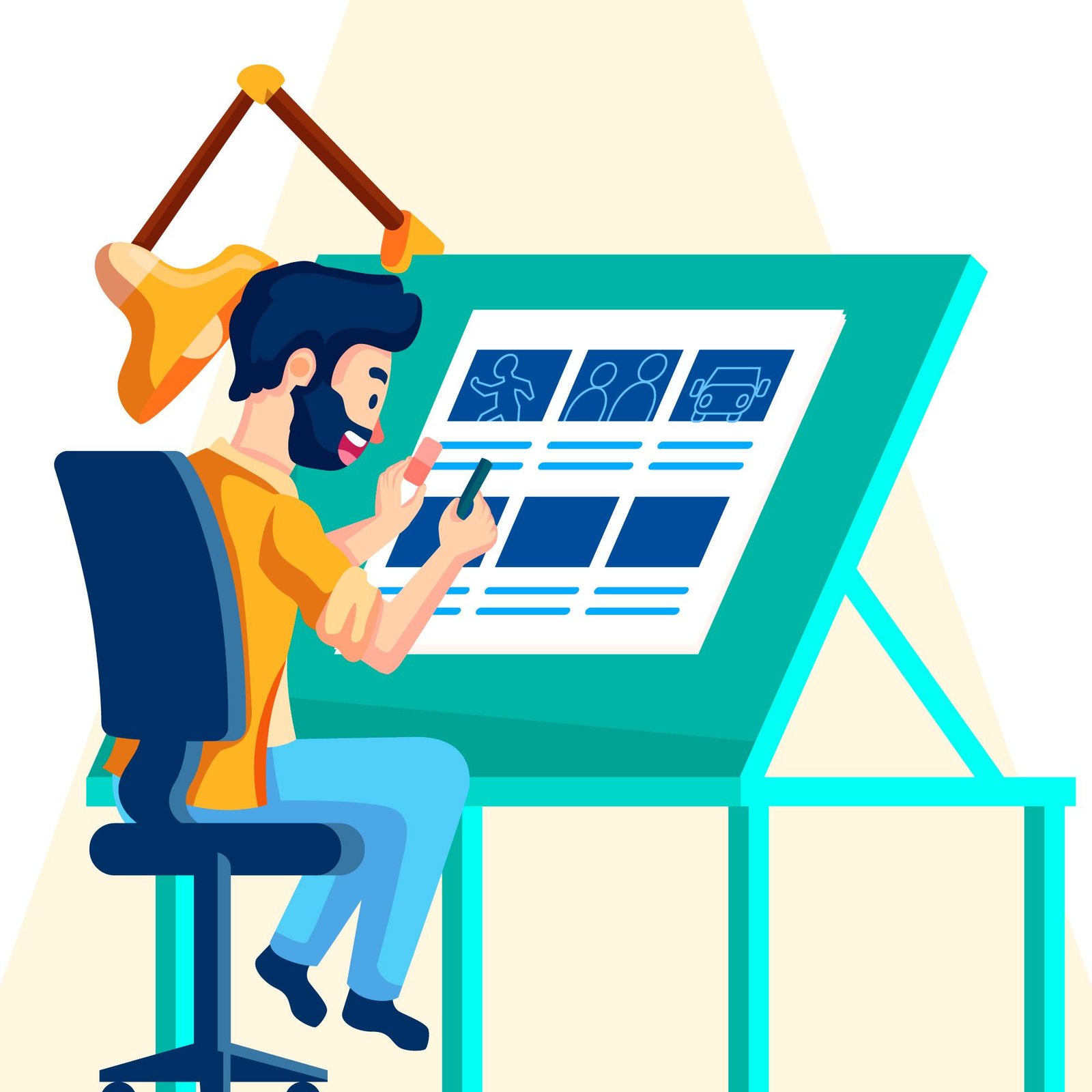

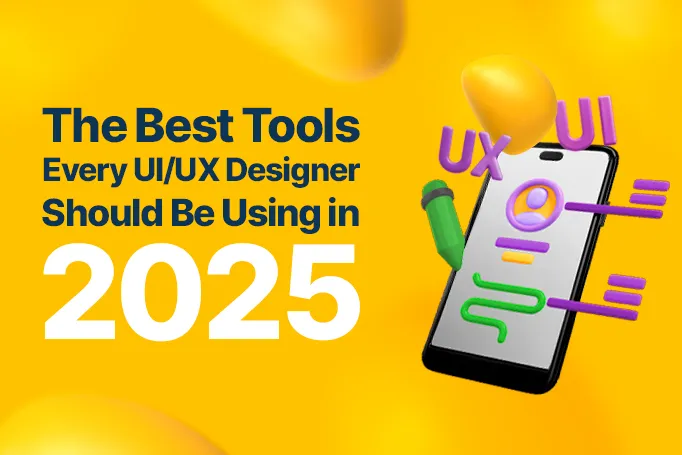
![Case Study: How We Helped [Client] Scale with a Custom Mobile App](https://uxdlab.com/wp-content/uploads/2025/08/case.png)

